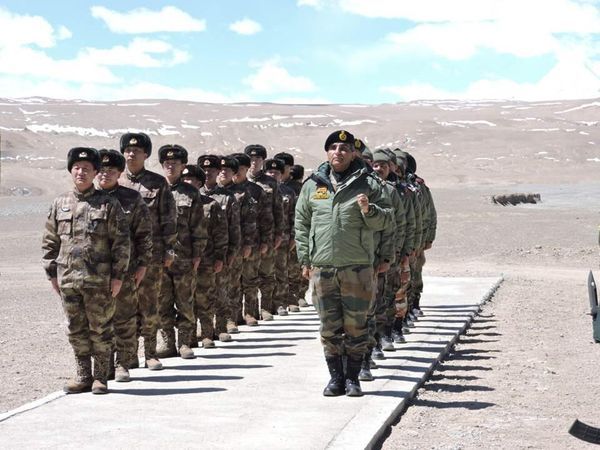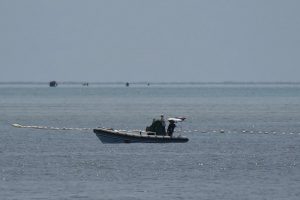The Indian Army on Monday said that the latest round of talks between India and Chinese military commanders over the standoff in Ladakh broke down on Sunday and also said that the Chinese side was not “agreeable” and “could not provide any forward-looking proposals”.
Hindustan Times reported that, in a statement, Senior Colonel Long Shaohua, spokesperson for the Western Theater Command of the People’s Liberation Army (PLA) said, “Instead of misjudging the situation, the Indian side should cherish the hard-won situation in China-India border areas.”
The report further mentioned that the Indian side pointed out the situation along the LAC had been caused by unilateral attempts of the Chinese side to alter the status quo and in violation of the bilateral agreements.
Also read: Chinese media attack Taiwan President Tsai Ing for ‘arrogant’ speech
“It is, therefore, necessary that the Chinese side take appropriate steps in the remaining areas so as to restore peace and tranquillity along the LAC in the Western Sector,” Hindustan Times reported this as India’s statement.
This would also be in accord with the guidance provided by the two foreign ministers in their recent meeting in Dushanbe where they had agreed that the two sides should resolve the remaining issues at the earliest.
The Indian side emphasised such resolution of the remaining areas would facilitate progress in the bilateral relations.
The 13th round of parley began at 10.30am on Sunday at Moldo on the Chinese side of LAC. It came more than two months after the last round of talks that led to disengagement in early August of deployed troops at Gogra, or Patrol Point-17A, which was one of the flashpoints of the border skirmishes.
Also read: China scales back Uyghur crackdown but fear still hovers
The parley comes at a time of massive military buildup and infrastructure development by the People’s Liberation Army across the LAC, with the Indian Army matching Chinese moves.
In February, the two sides pulled back troops and weaponry from Pangong Tso in Ladakh. Despite two rounds of disengagement at friction points this year, the two armies still have 50,000 to 60,000 troops each and advanced weaponry in eastern Ladakh.







